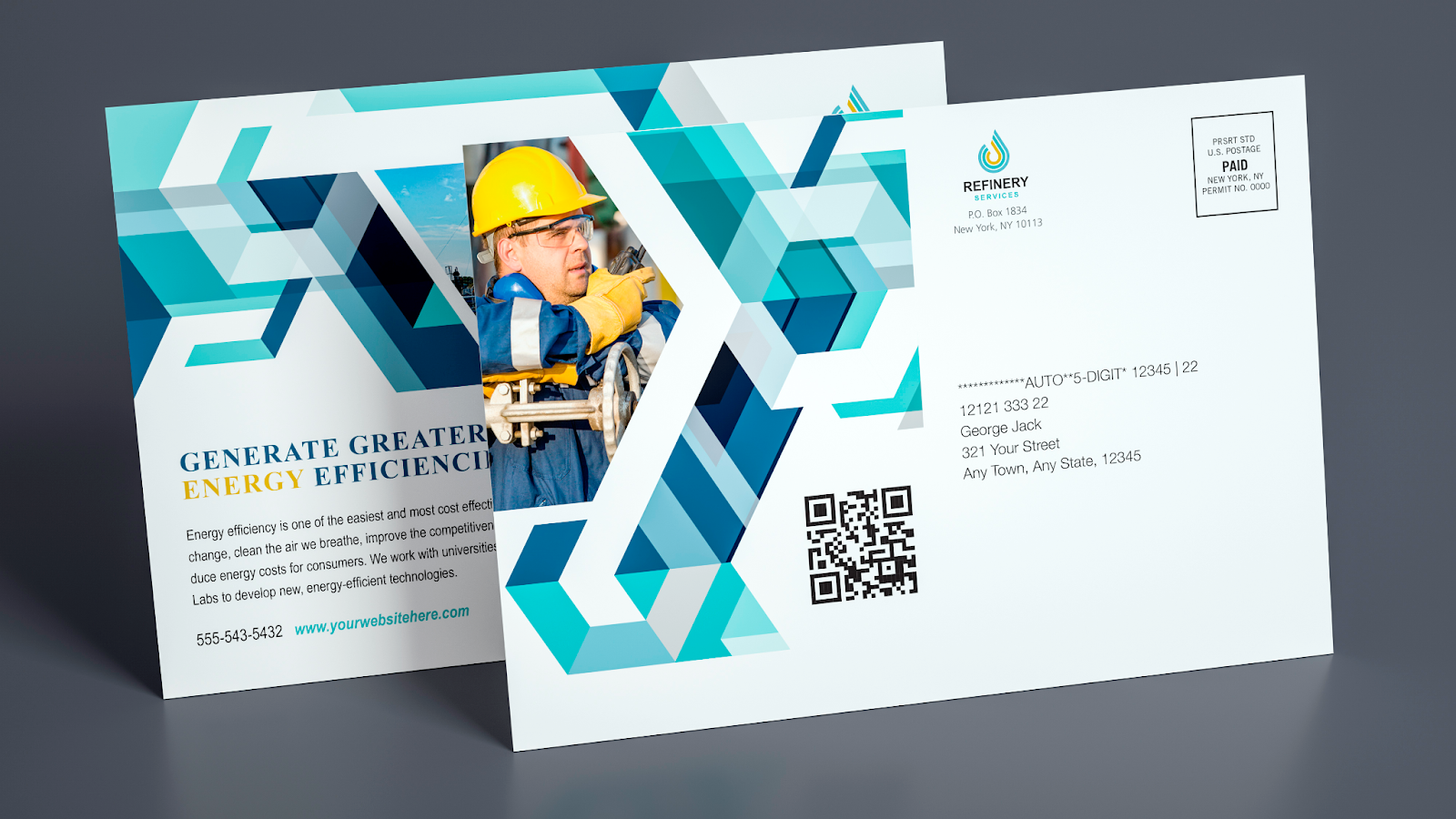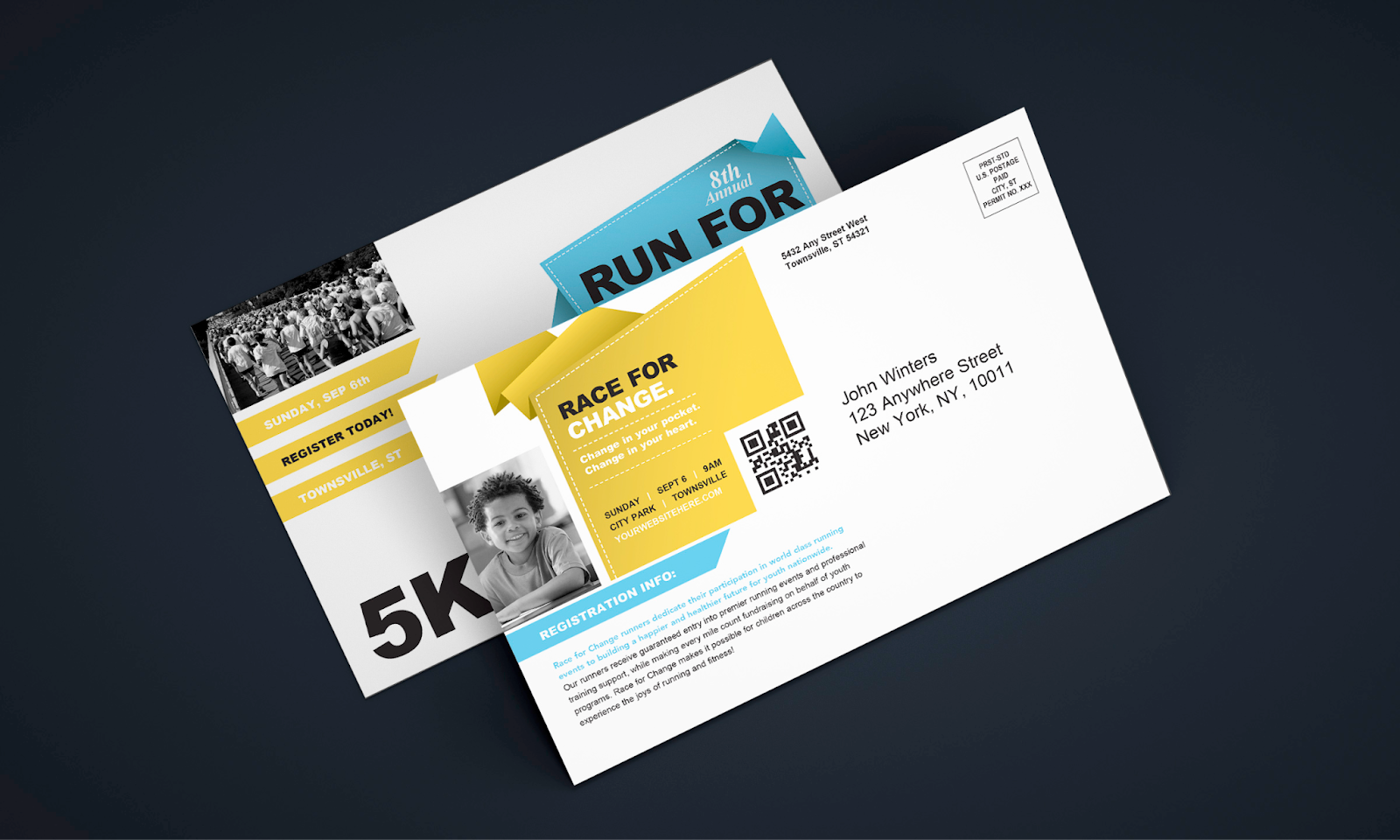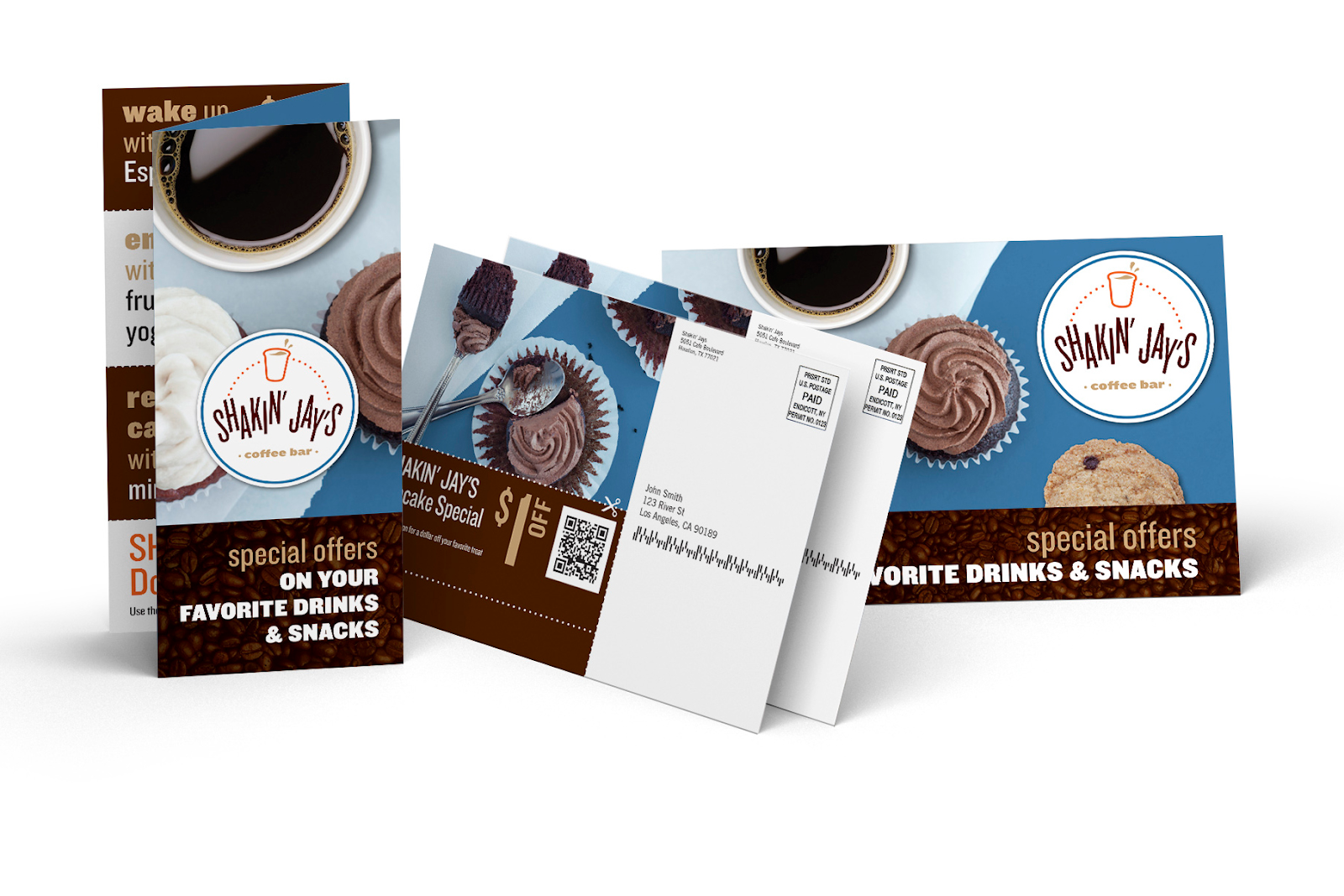
Direct mail remains an important marketing channel that’s growing right alongside the rise of digital advertising. It delivers strong returns on investment that can last far longer than a temporary digital ad that disappears when the browser tab gets closed. However, creating an effective campaign requires careful planning and strategic execution.
The key to success is maximizing your response rates. Even a small improvement can generate tens of thousands in extra revenue. This guide covers proven strategies for planning, creating, and executing highly responsive direct mail campaigns.
Master the following techniques to get the highest ROI from your campaigns:
Understand Your Target Audience
The foundation of any good direct mail campaign is understanding your target audience. Build detailed buyer personas to determine customer demographics, psychographics, buying motivations, and more.
This allows you to create messaging and offers tailored specifically to what your personas want and need. It also helps with important campaign decisions regarding format, packaging, and mailing lists.
You already know your customers well. Draw on that insider knowledge. Look at what content and offers best engage each demographic. See what converts different customer groups. Then leverage those insights to optimize messaging and incentives. Stay focused on proven success versus trying new initiatives just for innovation's sake.
Additionally, analyze historical purchase patterns, complaint data, channel preferences, and other analytics from your CRM and marketing automation systems to build data-driven personas. Consider developing life cycle-specific personas to account for differences between new, returning, and long-time customers.
Focus on the Value Exchange
Next, you need compelling offers that persuade recipients to respond. That means structuring your campaigns around a clear value exchange. Make what customers get in return abundantly obvious for their time and information.
Common direct mail offers include discounts, free consultations, free samples, contests, giveaways, and more. The specifics depend on your business, but the concept is universal. There must be sufficient motivation for customers to respond.
For example, test offering a 15% vs. 25% discount or a 30-minute vs 60-minute consultation to see the impact on response rates. Research competitor offers and consumer sentiment to determine incentives that boost perceived value.

Catch Attention with Creative Mailer Design
Use personalization, intriguing questions, clever messaging, and eye-catching colors and images to spark reader interest. Avoid generic templates—they get ignored, like junk mail. Quality paper stock, fonts, and production give a polished, professional appearance that conveys legitimacy and builds trust.
Research and apply best practices for layouts, formatting, color schemes, and graphical elements tailored to your industry and audience. Try experimenting with different visual elements and assess the impact on response rates.
Write Compelling Copy
Well-crafted copy helps boost response rates for direct mailing. Spend significant time writing and refining your messaging before sending. Be relevant, specific, and concise in stating your offer and call-to-action.
Research shows improved results by focusing the opening sentence on a customer need or pain point. Followed by explaining how your product or service addresses that need. End by clearly stating the offer or incentive for responding, such as a discount or free gift.
Lean on power words that drive urgency and response, like "limited time" or "act fast." Test copy approaches and continually refine based on results. Hiring a copywriting expert can also help maximize the impact of your direct mail promotions.
Personalize Whenever Possible
Personalization takes copywriting one step further. Including custom details makes it clear you sent a specific mailer to a specific individual. This perceptual difference helps lift response rates. Even small touches, like embedding the customer's name, make a big difference.
Segment your list to personalize messages and offers based on past purchases, demographics, interests, and more. For example, highlight a complementary product the customer purchased in the past, along with a 10% off coupon code. Or feature a seasonal offer tailored to their purchase history.
Check Delivery Date and Frequency
When you mail out your campaign also impacts performance. Test different mailing dates to determine the optimal timing for your audience. Sending around holidays, seasons, events, and other hooks can improve response rates.
For example, a campaign sent right before a major holiday season could see lower response rates because people's budgets tighten due to increased holiday expenses. Timing it prior to peak holiday spending periods could yield better engagement.
There is value in finding the right number of direct mail touches. Mailing out far too often can annoy customers. Not mailing enough can make them forget you. It is important to experiment to find the best mailing frequency for your list. This will help you maintain a positive connection with your customers.
Use historical data on seasonality and timing to inform testing. Run A/B tests tracking KPIs like open and response rates to optimize delivery dates and cadence. Gauge appropriate ongoing contact cycles based on the customer lifecycle stage. The goal is to determine the ideal mailing calendar per persona.
Include a Clear Call-to-Action
Don't assume customers will automatically understand what actions you want them to take. The overarching goal is to remove any friction or confusion about how to respond. Clearly spell out the desired customer behavior you seek to drive.
For example, call-to-action language like "Claim Your Discount Now" grabs more attention than passive phrases. Use prominent contrasting colors to make response buttons visually stand out to readers from a design best practices perspective.
Give recipients multiple clear response channels, like unique codes, business reply mail, QR codes, special phone numbers, etc. Craft your call-to-action language, design, and response mechanisms to optimize for clarity, visibility, and simplicity. This will help eliminate ambiguity or unclear instructions that might otherwise block responses.

Continuously Test and Optimize
Finally, adopt a test-and-learn mindset with your direct mail campaigns. Split test different elements like messaging, headlines, page layouts, images, and calls-to-action. Try a mixture of campaign styles, from postcards to multi-page letters. Experiment with adjustments large and small while measuring the impact on response.
Use those learnings to refine and optimize future efforts. This build, measure, learn approach enables you to improve direct mail effectiveness continually. Illustrate detailed multivariate testing frameworks focused on key direct mail metrics like open rate.
Direct Mail Help in Elkhart and South Bend
The above tips are just a few ways to increase direct mail response rates. At AlphaGraphics Elkhart, we realize not all business owners are marketing experts. This is why we offer turnkey direct mail campaigns designed to make a huge impact.
Our in-house designers, copywriters, and direct mail marketers will help you design an eye-catching campaign that will cause your audience to take notice. Call us at (574) 295-1203 or contact us online to learn more about our direct mail and printing services.